Finishing Artwork on Your Terms: Why Rushing the Process Undermines Your Growth
The Temptation to Say “That’ll Do”
Yesterday, I had a conversation with a fellow artist that stuck with me. We were chatting about what we were working on—the usual back-and-forth of creative minds. When I mentioned that my current painting was taking longer than I’d anticipated, I found myself saying something I’ve been reflecting on ever since: we, as artists, must be our own worst critics. It’s easy to stop short, to call a piece “finished” just to move on. But when we do that too often, something gets lost.
The Pressure to Finish for the Feed
In the age of Instagram and instant gratification, there’s a subtle but constant pressure to produce. Paint. Post. Repeat. There’s an implied urgency: if you’re not sharing, you’re falling behind. When you see artists uploading new work every few days, it’s easy to feel like you’re not working fast enough.
In my earlier blog post, Social Media for Artists: A Double-Edged Brush in a Content-Driven World, I briefly touched on the pressure social media can put on artists to rush their work. This post takes that idea a little further, focusing on what it really means to finish artwork on your own terms.
Because here’s the truth—finishing artwork should never be about keeping pace with an algorithm. I’ve felt the itch to post something just to stay relevant. But if I share a piece before I’m truly happy with it, what am I actually sharing? A product? A placeholder? It’s not the creation I intended—it’s just content.
Perfection Doesn’t Exist, But Progress Does
Let’s be honest—perfection is a myth. There will always be flaws in our work. We will always see the smudge no one else notices, the line that’s just a little off. But that doesn’t mean we should settle. That moment where you say, “that’ll do,” might feel like a relief at the time, but what if you did that for a whole year?
Imagine looking back at a year’s worth of paintings and realising that each one could have been pushed just a little further. Maybe no one else would see the difference—but you would. And that’s what matters. Because each painting is part of your journey, and if you cut that journey short every time, how far will you really go?
Listening to the Voice That Knows It’s Not Done
The painting I’m working on right now is nearly finished. In fact, I could probably post it today, and it would get the same likes and kind comments as any of my other recent work. But here’s the thing—it doesn’t give me that “YES” feeling yet. You know the one. That quiet excitement when you walk into the studio and the painting pulls you in. That sense of pride that tells you, this one is done.
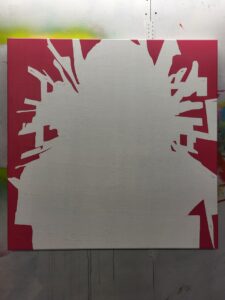
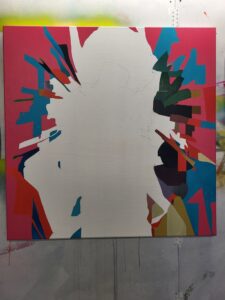
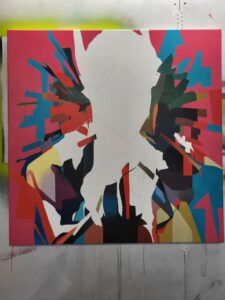
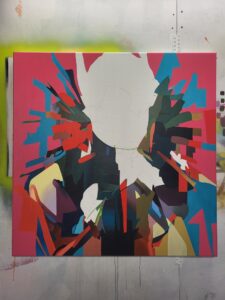
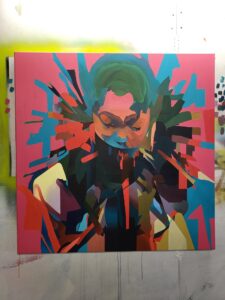
Without that feeling, I know I’m not finished—even if social media says I should be.
Creating for Yourself First
We may hope to sell our work, to build an audience, to keep momentum going—but if we’re not happy with what we’ve made, what’s the point? Art is personal. And if we start finishing artwork just to meet an imaginary deadline or gain a few extra likes, we lose a piece of what makes our work meaningful in the first place.
Finishing a painting should feel satisfying. You should be able to look at it with pride—even if you still see its imperfections. And you should know that you gave it everything you could at that point in time. That’s what growth looks like. Not rushing to keep up, but committing to your own standards.
Slow is Powerful
Taking your time isn’t a weakness—it’s a strength. In a culture obsessed with speed and output, choosing to pause, reflect, and refine is quietly rebellious. It’s how better art gets made. And it’s how you, as an artist, get better.
So if you’re in that in-between place—where a painting is almost done, but something inside you says, not yet—listen to that voice. That voice knows you. That voice wants more for you. And your future self will thank you for waiting.












